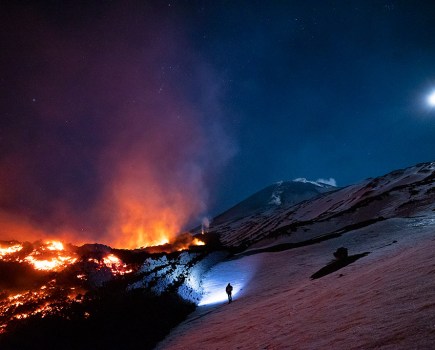Ask any decent photographer to nominate his or her favourite season and chances are not a single one will mention summer. Autumn, with its fiery colours and stormy light, is probably the firm favourite, followed by the lushness of spring and the drama of winter. Summer usually ends up bottom of the pile.
Given that summer is the season when we see the most sunlight, the days are at their longest and light levels are at their highest, this may seem rather strange. While summer may seem like the perfect time of year for taking top-notch photographs, the reality is somewhat different. Harsh light, hazy weather, high contrast and black shadows are often what we get for days at a stretch. The sun is overhead for most of the day so the quality of light is poor. The landscape either looks scorched or postcard pretty and the sky characterless and bland. Sea frets roll in off the sea and cloak the coastline in grey. Towns and cities become choked with heat and pollution. We’re not painting a very good picture here, are we?
However, it’s not all doom and gloom. You can take great photographs in summer just like any other season – you just need to accept the conditions you’re forced to work in, choose your subjects more carefully and keep an open mind. To get your creative juices flowing and keep your shutter finger busy, here’s a host of summer shooting ideas.
1. Set your alarm clock
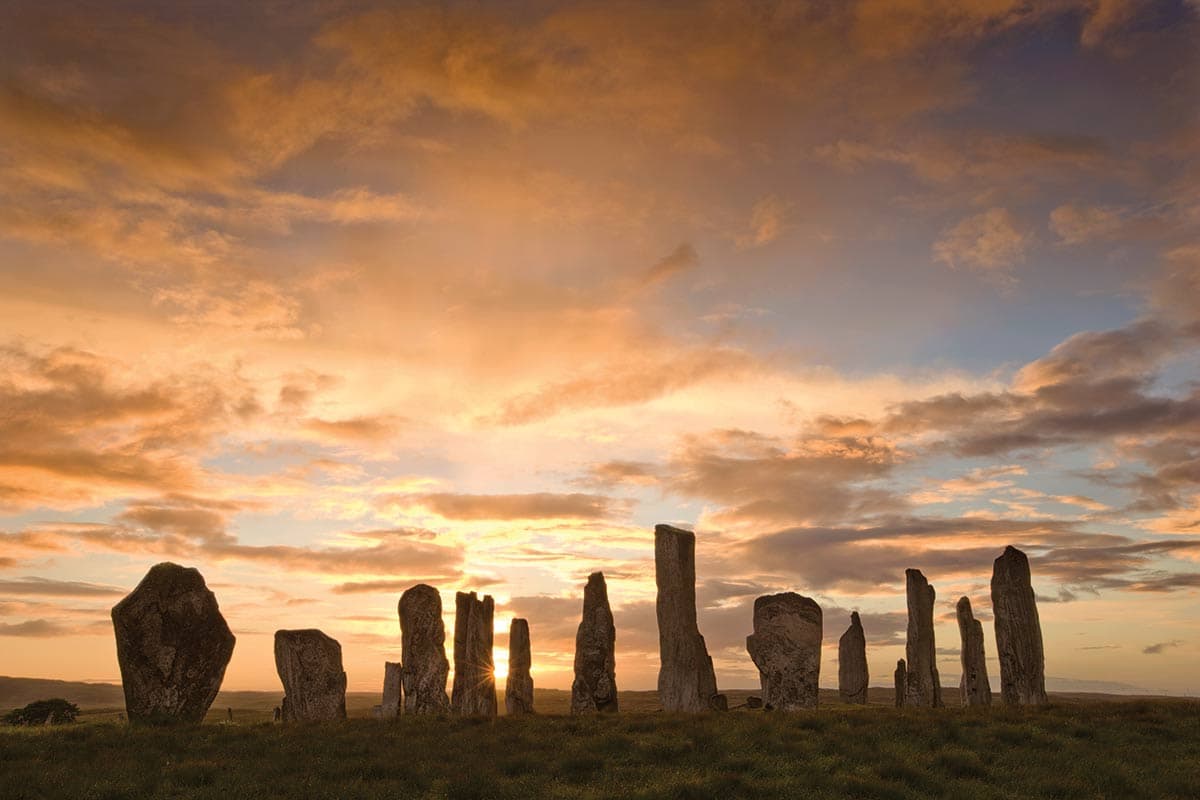
Come early summer, the days are so long that if you want to catch sunrise (at 4.30am) it’s hardly worth going to bed! However, it’s worth sacrificing the occasional good night’s sleep because a summer dawn can be amazing. Plan where you intend to go a day or two in advance. If you’re away on holiday, make the most of your chance to shoot a new location while your family are in bed. If not, re-visit an old favourite. Locations that contain water are ideal for dawn photography because the water mirrors the colours in the sky. So consider heading to the coast, or check your map for the nearest lake, loch or reservoir. Arrive at least half an hour before sunrise so you can make the twilight glow in the sky.
2. Be bold

By 8am in summer, the sun will be heading to its highest point in the sky, where it remains until at least 5pm. In clear weather, the light can be very harsh and intense, and with the sun overhead, shadows are short and dense. Such conditions aren’t particularly flattering or atmopsheric, but if you like to shoot graphic images, strong sunlight is ideal. Buildings, bridges and other manmade structures look stunning on a clear summer’s day against deep blue polariser sky, so head to the city and experiment with unusual viewpoints and wideangle lenses to create dynamic compositions. Look for simple, abstract details and make the most of colour contrasts such as yellow and blue or red and green.
3. Use a polariser
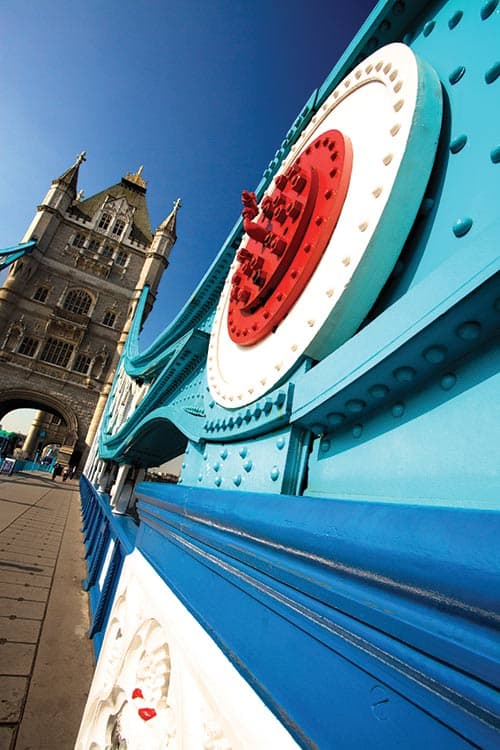
A polariser is a must for giving your summer shots a boost. As well as deepening a blue sky and emphasising clouds, it will also eliminate reflections, reduce glare so colour saturation is increased and lessen the effects of haze. To get the best effect on the sky, keep the sun on one side of the camera, while to get rid of reflections the angle between the reflective surface and the lens axis needs to be around 30°. Polarisers lose two stops of light, so keep an eye on those shutter speeds if you’re hand-holding – on a sunny day you’ll be down to 1/30sec at f/11 at ISO 100. A tripod will be handy if you need to stop the lens down, or you could increase the ISO to 200 or 400 so you can use a faster shutter speed.
4. Shoot in the shade

Summer light out in the open is harsh and unflattering, but if you step into the shade of a building or tree it’s a different matter. There the light is soft, shadows are very weak and contrast is much lower. Portraits benefit greatly from being shot in the shade as you’ll avoid ugly shadows being cast under noses and in eye sockets. Details and found still lifes also work much better in shade. If you’re in the open and no shade is available, holding something above your subject’s heads will work – a brolly, diffusing screen or sheet of card. This also works well for details and close-ups – try shooting a flower portrait in full sun, and then again with a sheet of card casting a shadow over the flower – there’s no comparison.
5. Experiment with infrared

Summer’s the best season for infrared photography. There’s lots of lush green foliage and plant life everywhere, which reflects infrared, and you also get blue sky and fluffy white clouds, plus the harsh summer light creates high contrast and that suits infrared really well. Parks and gardens, woodland and riverside walks are ideal infrared hunting grounds. Also check out old buildings such as churches, castles, manor houses, ruins and abandoned cottages. If you don’t have an infrared-modified digital camera, use an infrared transmitting filter on your lens, such as a Hoya R72 or cheaper alternatives available on Amazon and eBay.
6. Flower power
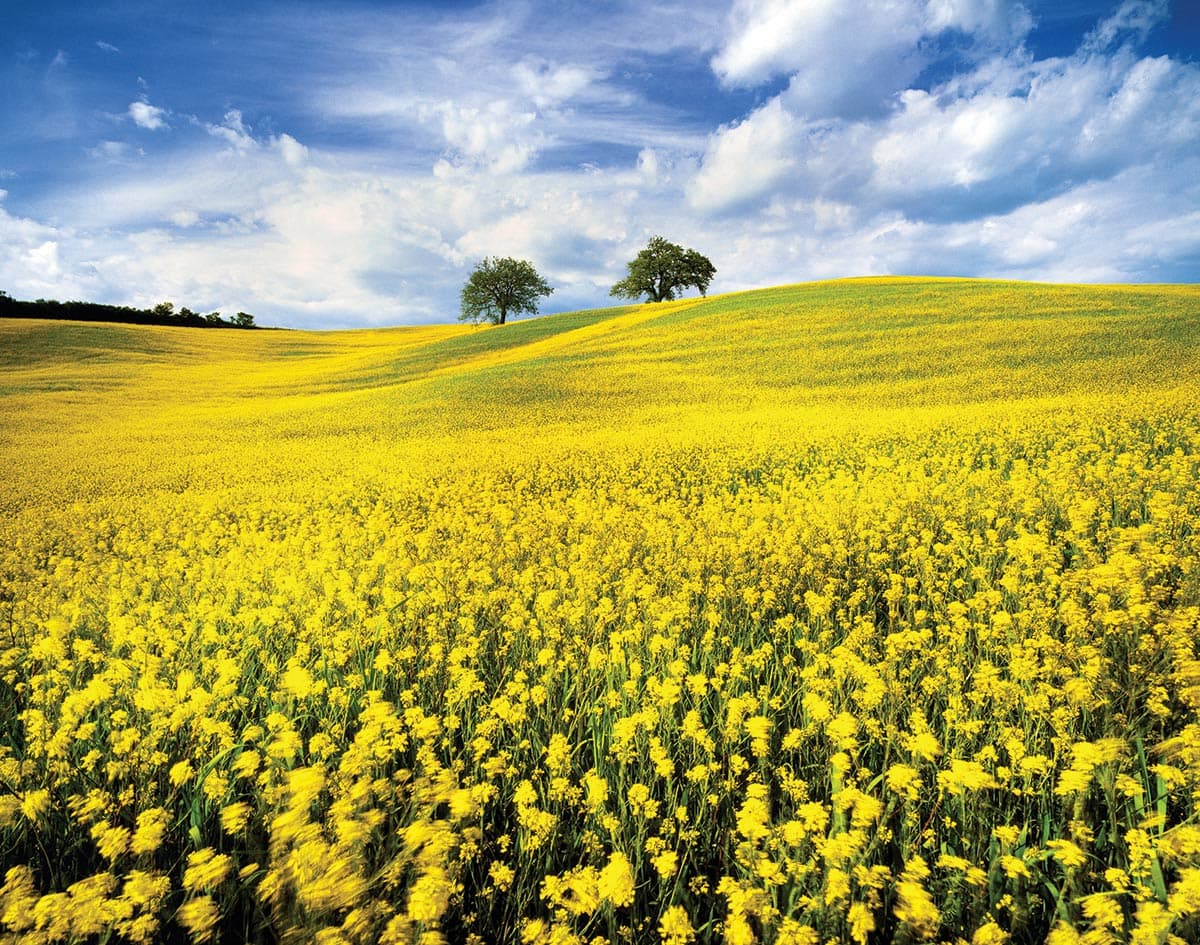
Gardens tend to be at their most photogenic during summer, with plants and shrubs creating a riot of colour in even the modest suburban plot. Hedgerows and roadside verges also come alive with poppies, ox-eye daisies, buttercups and other vibrant blooms. For simple close-ups, use a close-focusing zoom or, even better, a macro lens. Your telezoom will also be ideal for shooting large drifts of flowers – the compressed perspective will make the flowers appear crowded together, while shooting at a wide aperture will allow you to isolate one single bloom from its surroundings.
7. Striking silhouettes

Place a solid object between you and a bright background and you’ve got the makings of a great silhouette. The object could be any simple, easily-identifiable shape such as a person, tree, boat or building and the background could be anything from a fiery sunrise or sunset, the summer sun sitting low in the sky, or shimmering highlights on water. Mix and match as you like, but the result is always an eye-catching picture.
8. The golden hour
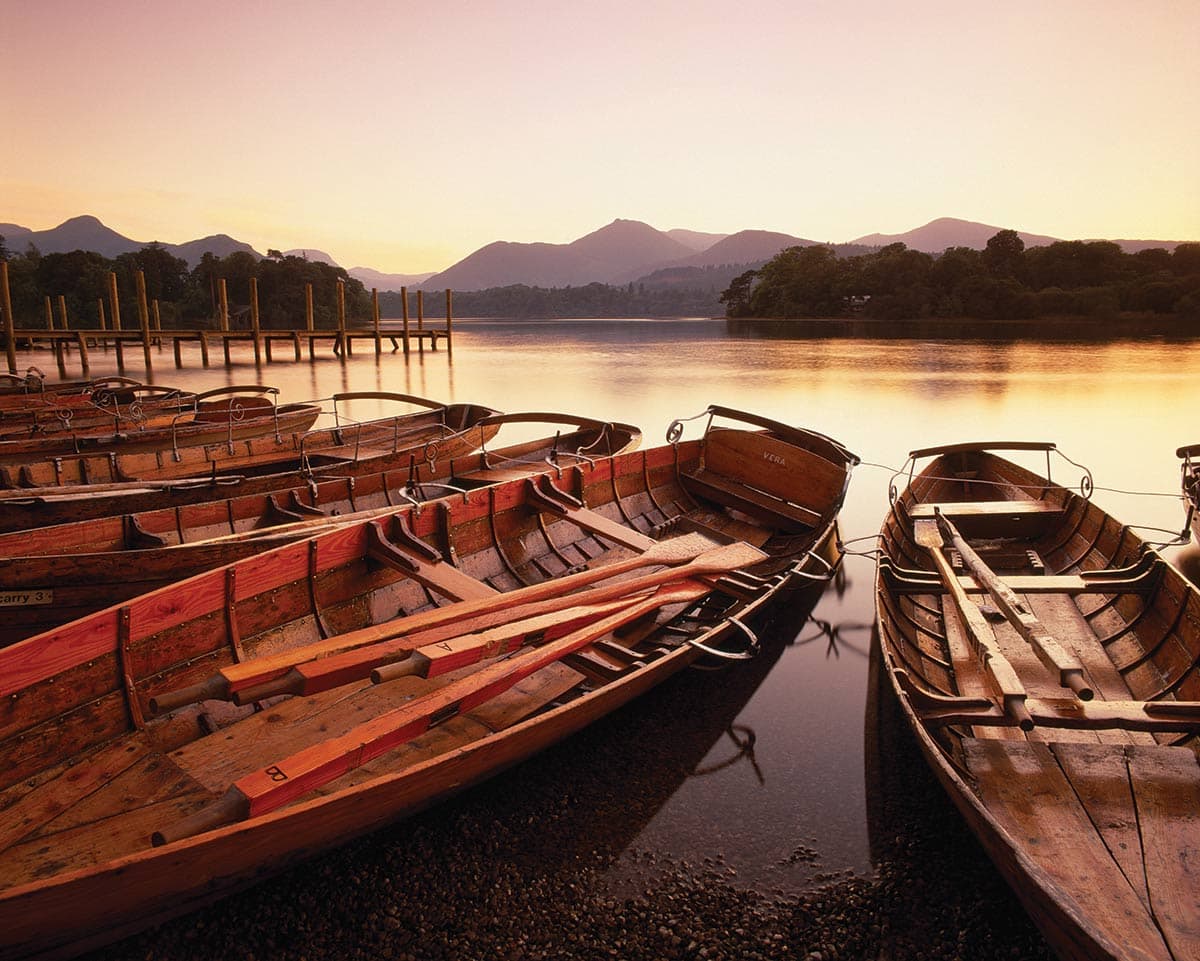
In the hour or so before sunset, the world is bathed in golden light. The light is often much warmer than at dawn because it’s scattered and diffused by the thicker atmosphere – that’s why the sun often looks bigger at sunset than at sunrise – and your photos will come out warmer than you expected as the colour temperature of the light is very low. Long shadows rake across the landscape, revealing texture and form, while the sun’s golden orb slowly dropping toward the horizon looks magnificent. For a sunrise or sunset, use a telephoto or telezoom lens to exaggerate the size of the sun’s orb – a 200mm or, better still, a 300mm, 400mm or 500mm.
9. Night patrol
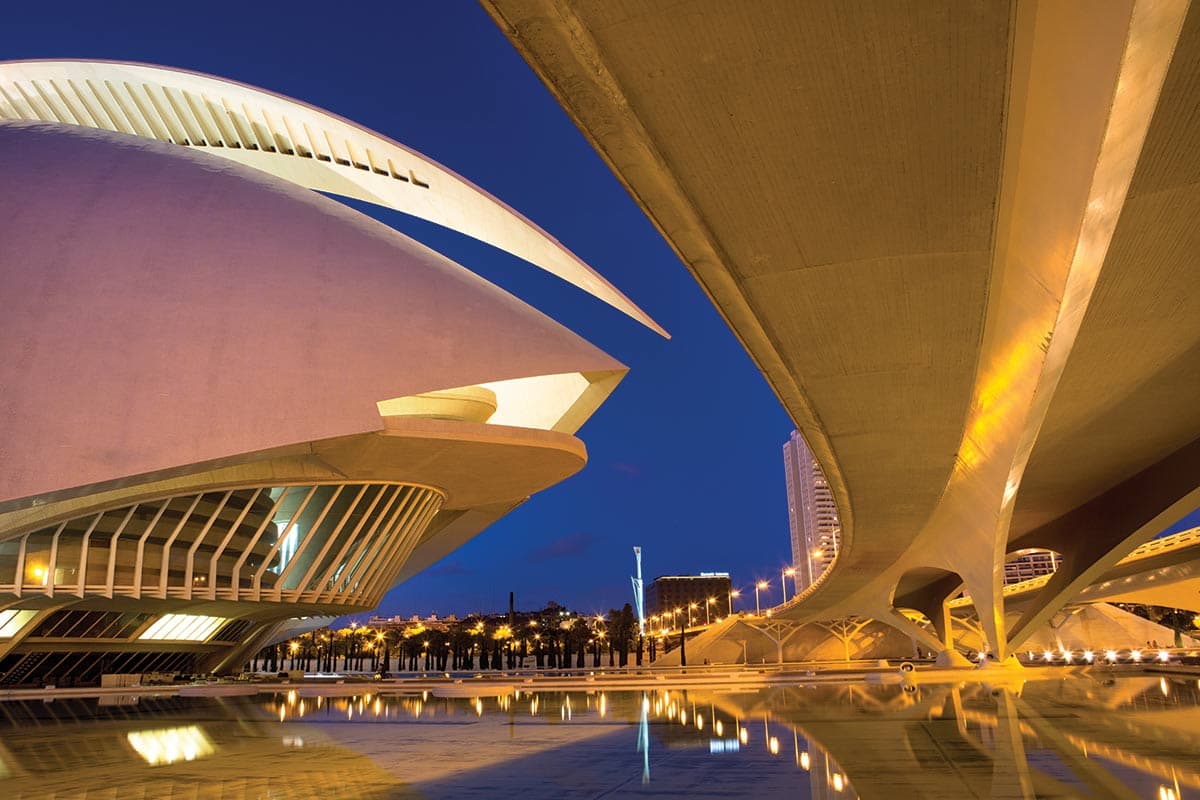
The best time to take ‘night’ shots is during the ‘crossover’ period between sunset and darkness when there’s still colour in the sky, and daylight and manmade illumination is in balance. During summer this period lasts upwards of an hour so you can cover a lot more ground than at any other time of year. The only downside is that you need to stay out later – sunset may not occur until after 10pm – but it’s well worth the effort and you can always have a lie-in the next day.
10. Storm warning

Although we expect blue skies and cotton wool clouds during summer, it can also be a season of storms due to the humidity and high temperatures and this can create amazing landscape opportunities – dark skies, colourful rainbows, shafts of sunlight illuminating the landscape, bolts of lightning flashing across the sky… So keep an eye on the weather forecast and if it looks like something interesting is likely to happen, grab your camera and head out.
11. Inside job
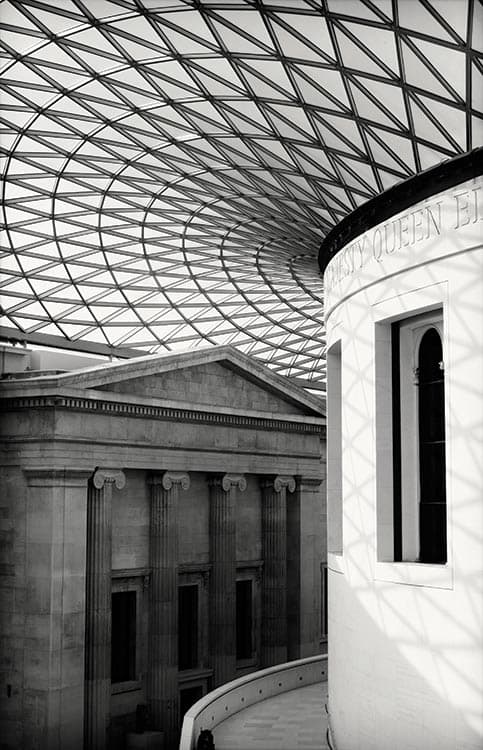
If the light’s too bland outside, why not take some interior shots instead? Churches, cathedrals and abbeys offer a welcome and cool respite from the summer heat. Many museums also allow handheld photography if you’re discreet and whether they’re in old buildings or ultra-modern, you’ll still find some great photo opportunities.
12. Try something different
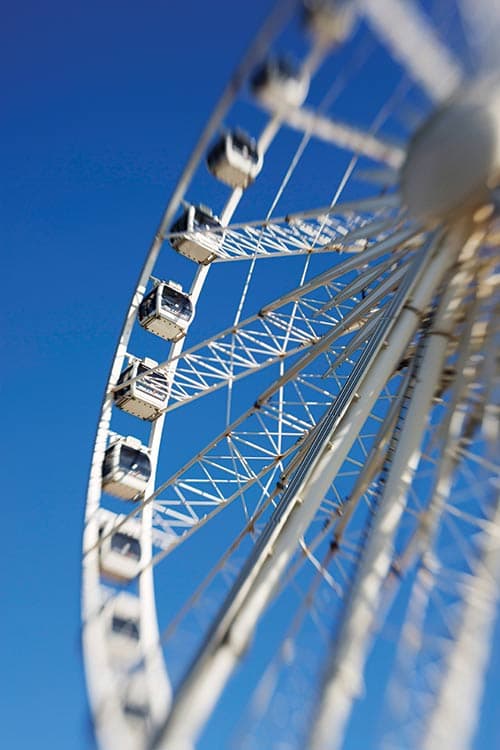
If all else fails, why not try a wacky technique that helps to overcome the fact that the light’s not great? Have a go at panning the camera horizontally or vertically to produce a streaky image; create a zoomburst by zooming your lens while exposing a shot, or use an attachment like a Lensbaby to produce soft, dreamy effects.
13. Shoot shadows
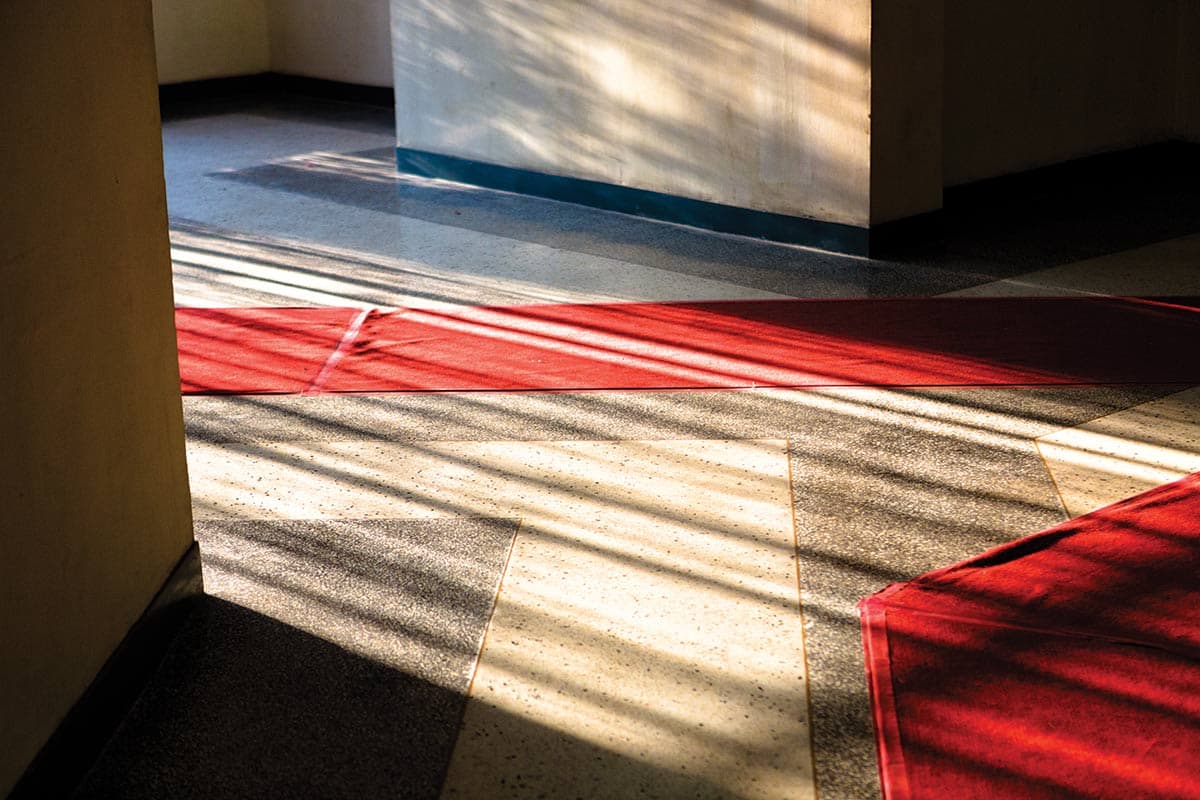
Strong sunlight means strong shadows. When the sun’s high they’re short and dense or cast vertically down walls and doors. When the sun’s low they rake across the landscape. Use a telezoom lens to fill the frame with shadow patterns and make them your primary subject, or use shadows as lead-in lines in wideangle shots.
14. By the seaside
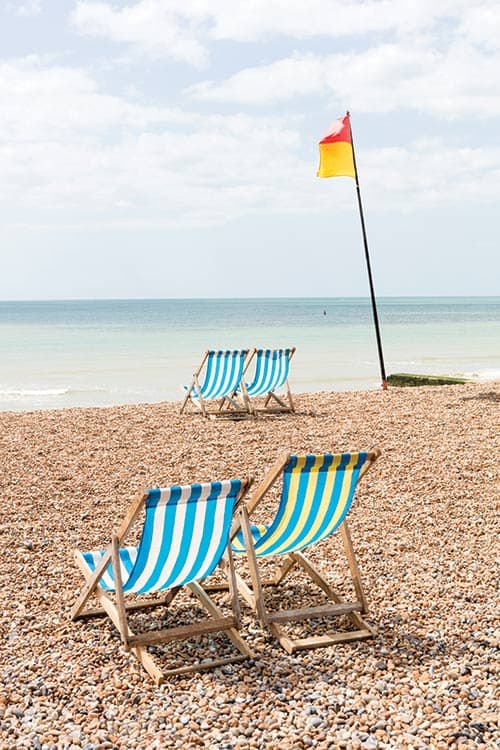
Head to the coast on a sunny summer’s day and you’ll be spoiled for choice. Colourful beach huts against the blue sky, backlit deckchairs on the beach, piles of buckets and spades outside seafront shops, fairground rides on pleasure piers, boats and windsurfers on the sea… The list of subjects just goes on and on.






